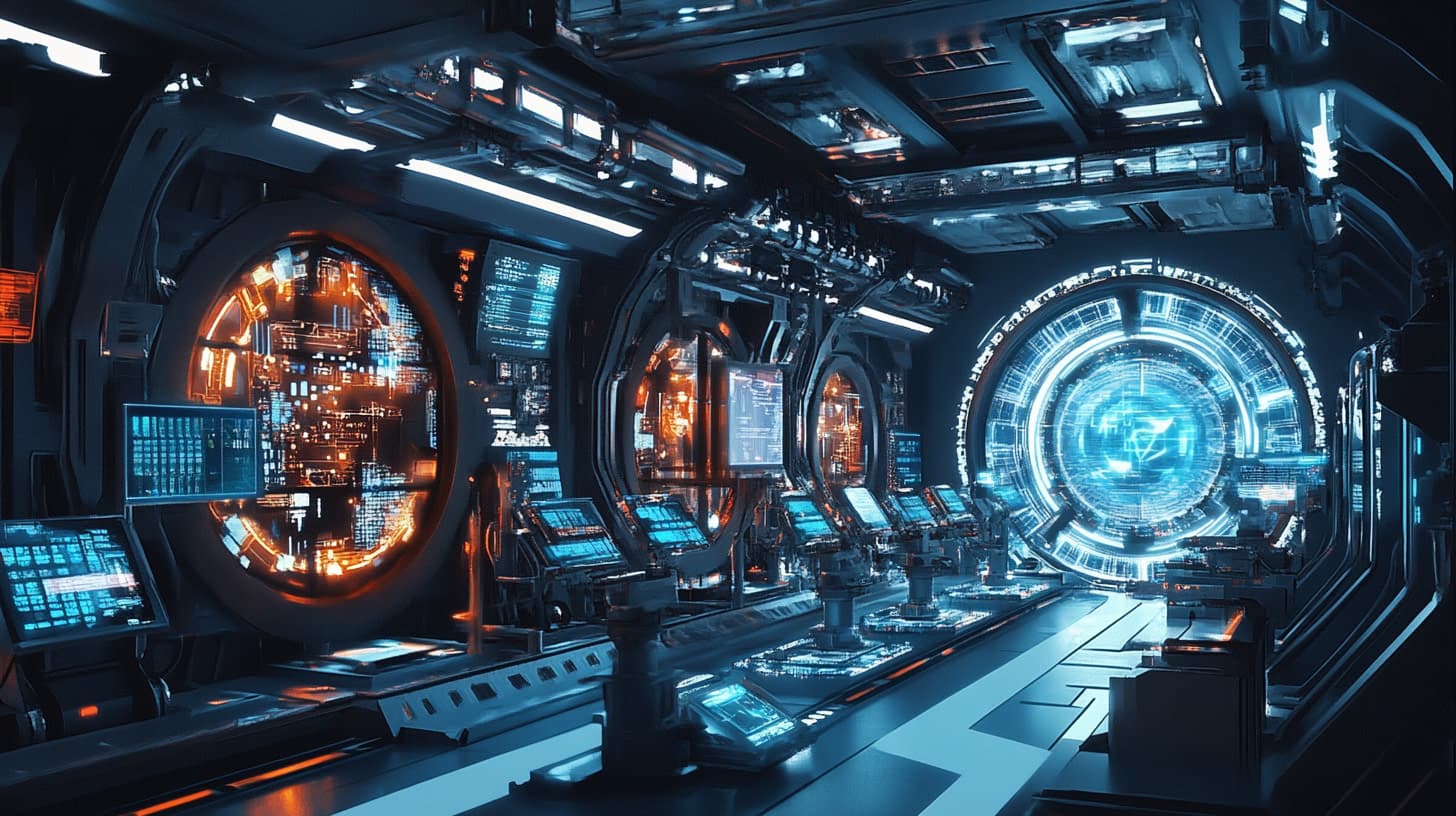How to Balance Cost and Accuracy in RAG Systems

It’s been a blessing to live in a time like the digital age, hasn’t it? So far, we’ve seen the capabilities of what artificial intelligence (AI) can perform and beyond. In addition, we are beginning to see a new challenge arise in the form of sustaining a balancing act. More specifically, it’s the balance between accuracy and cost.
You deserve an AI system that will provide you with excellent accuracy while keeping it within a certain budget. Listen, we get it – the more expensive it is, the better. Why settle for less for the sake of saving money when it may end up sacrificing quality (albeit unintentionally)? Let’s prevent that grave mistake from happening by providing you with the details in this guide below.
Understanding the Cost and Accuracy Trade-off in AI
An AI system that performs at its best will take the necessary training, development, and maintenance. Let’s not forget that it will also take a financial investment to get the job done as well. Yet, the accuracy of an AI system should also be taken into account since it needs to make the right predictions or decisions by using relevant and accurate data.

There’s no denying that higher accuracy will require more monetary investment. Let’s also take into account that it demands more training data and models that are more complex compared to others. Yes, the computational power will also be considerable as well – adding on to the total cost itself. At the end of the day, it’s a worthy investment because better accuracy will lead to better decision-making, efficiency, and even a greater return on your investment.
Strategies to Balance Cost and Accuracy
If the goal is balancing cost with accuracy is what you want to achieve, you’re in luck. The strategies you’re about to learn will ensure that you can put together the best AI system that you can afford insofar as investment is concerned. Here are some can’t miss steps you want to follow:
1. Use the Right Data
The right data is defined as the kind that is accurate, recent, and relevant. Not to mention, the quantity of the data will also matter as well. By using this, your AI model will be accurate without any increasing costs sneaking in.
2. Choose the Right Model
Your choice of AI models do differ in both cost and accuracy. If you think this is where things get tricky, not to worry. To your benefit, you want to determine which model will best suit you while being mindful of the complexities and the computational resources it may need aside from accuracy. Of course, simpler models will be less accurate than others despite the cost-effective price tag. For this reason, approach the idea with investing in the best accuracy you can afford. Never sacrifice quality nor accuracy because you want to save a few dollars. Because it’s a financial decision that will come back to haunt you if you are not careful with your decision.
3. Optimize Your Training Process
Training an AI system will be the most critical phase of the process. The system itself will utilize the data provided to learn its capabilities. But for those keeping watch of their budget, it’s also one of those aspects where focusing on the cost must be emphasized. Stating the obvious, larger datasets and more complex models are going to command higher price tags. Further reason to assess which dataset and level of complexity will be best suited for your most critical needs.
Monitoring and Improving Your AI System
Once your AI system is up and running, it’s important to monitor its performance and make improvements as needed. This can help ensure that your system remains accurate and cost-effective over time.
1. Regular Performance Monitoring
Regularly monitoring your AI system’s performance can help you identify any issues early on and take corrective action. This could involve tracking metrics like prediction accuracy, error rates, and computational resource usage. If you notice any significant changes in these metrics, it may be a sign that your system needs tuning or retraining.
2. Continuous Improvement
AI is a rapidly evolving field, and new techniques and models are being developed all the time. By staying up-to-date with the latest developments, you can continuously improve your AI system, enhancing its accuracy and cost-effectiveness.
This could involve adopting new models or techniques, refining your data collection and processing methods, or upgrading your computational resources. Remember, continuous improvement is key to maintaining a balanced and effective AI system.
Conclusion

Striking the right balance between cost and accuracy in AI systems can be challenging, but it’s not impossible. By understanding the cost-accuracy trade-off, using the right data and models, optimizing your training process, and continuously monitoring and improving your system, you can develop an AI system that is both cost-effective and accurate. Remember, the goal is not just to minimize costs or maximize accuracy, but to find the optimal balance that delivers the best value for your investment.